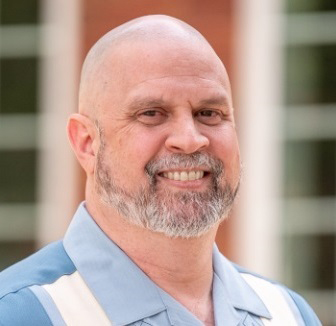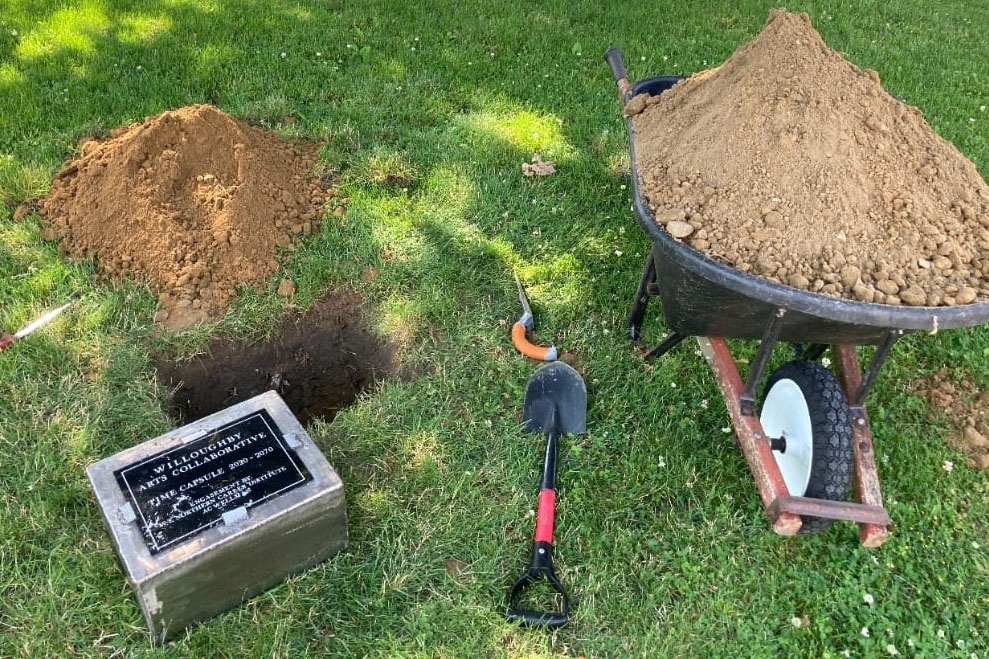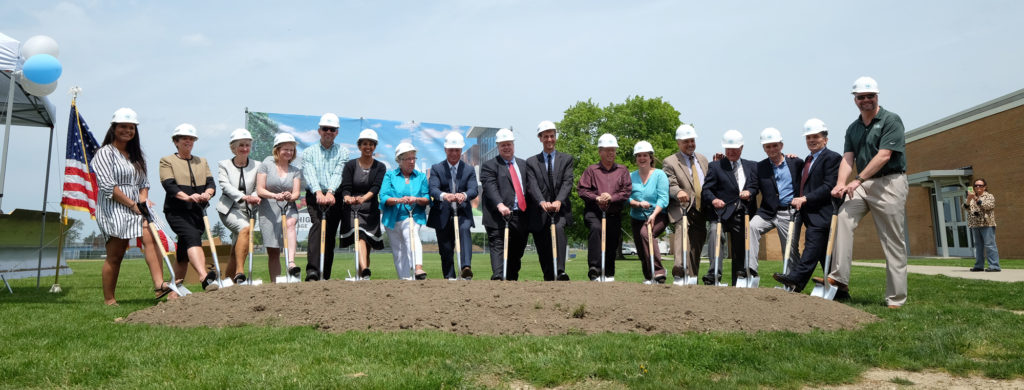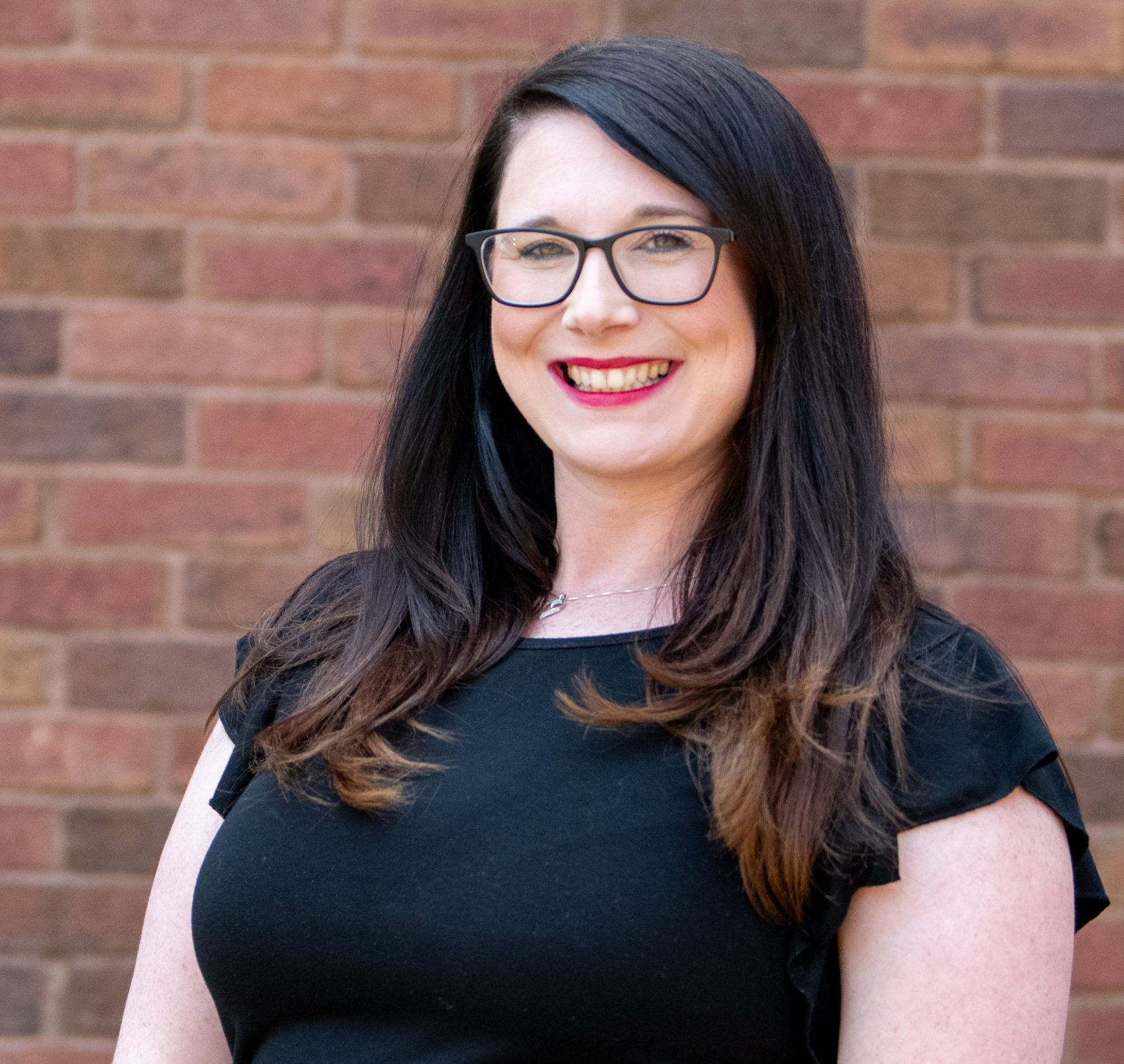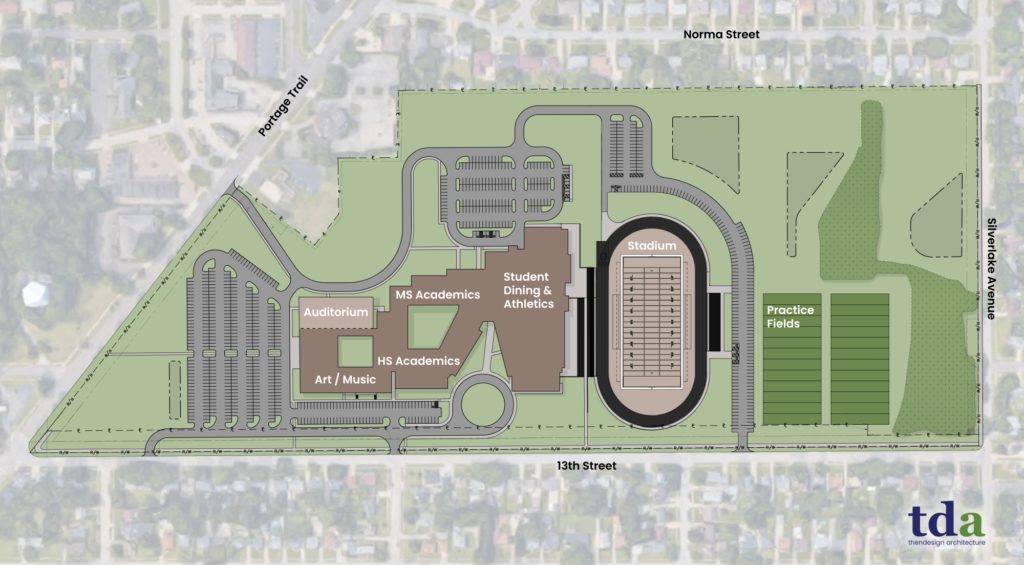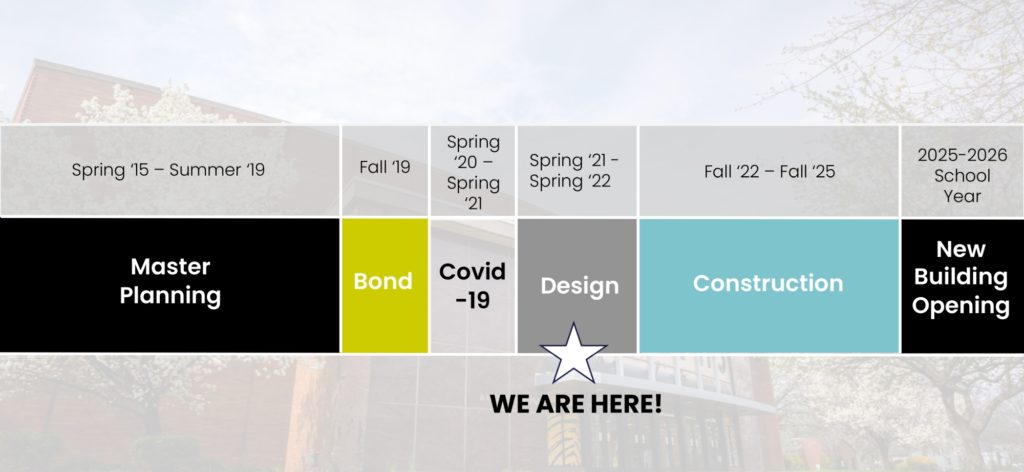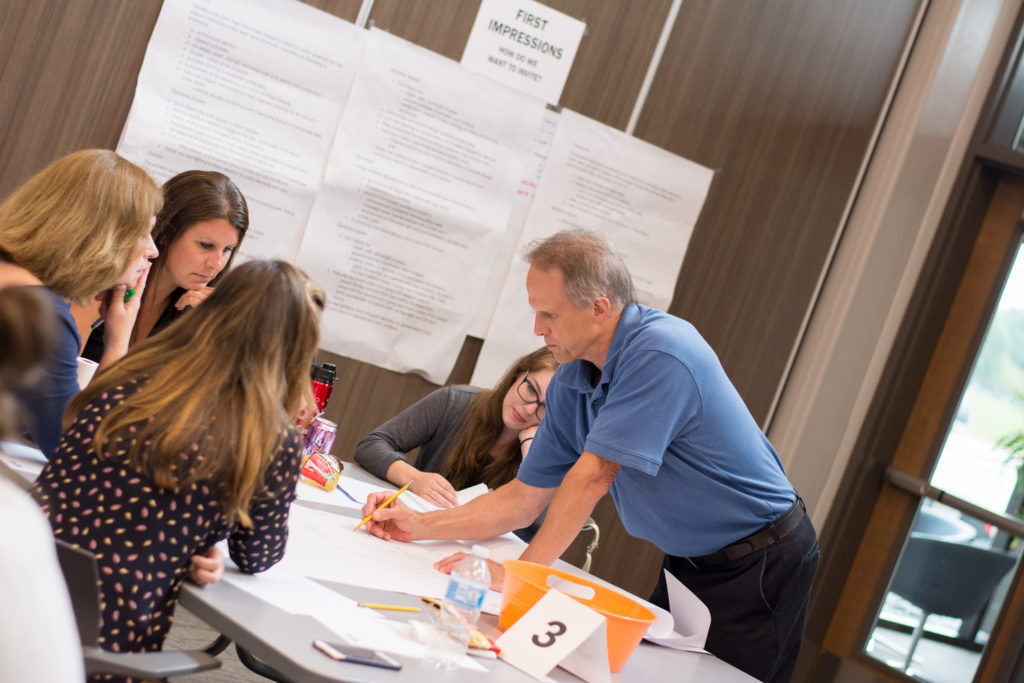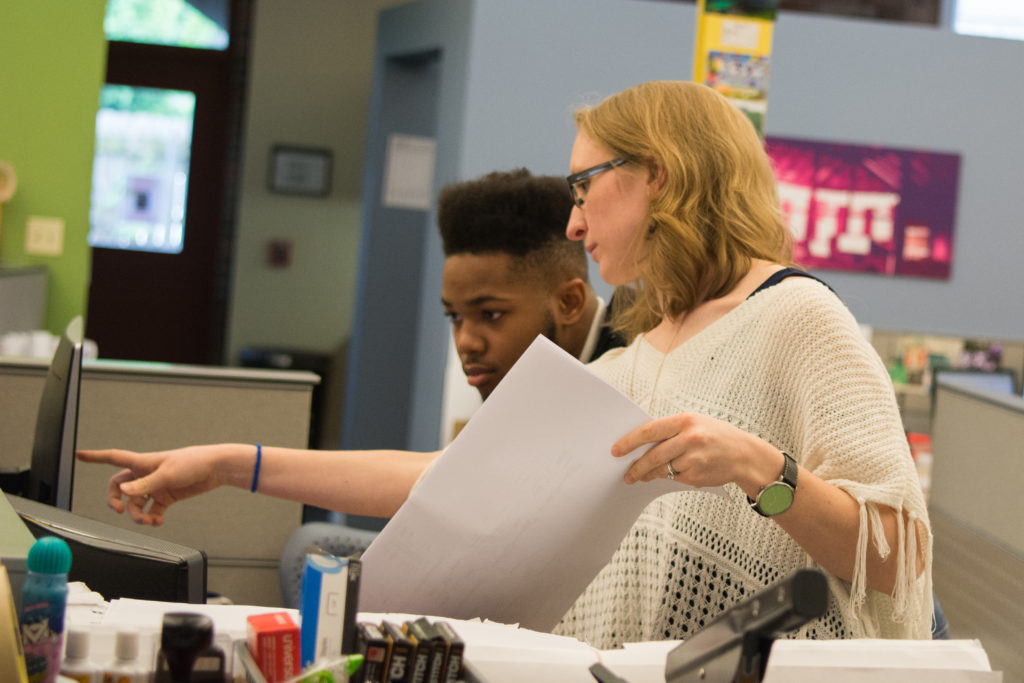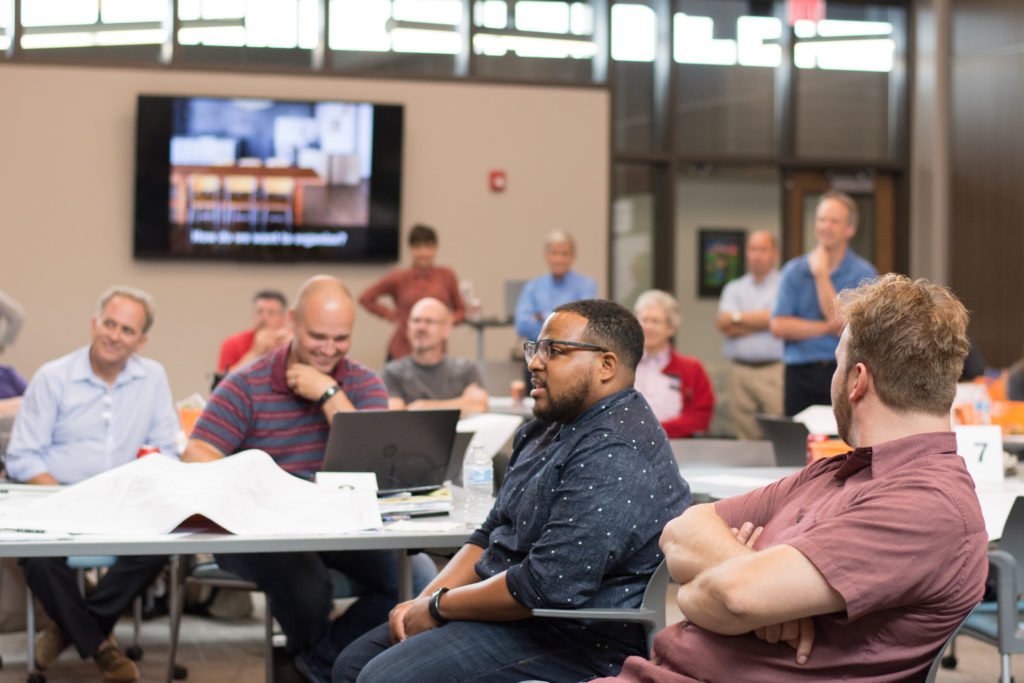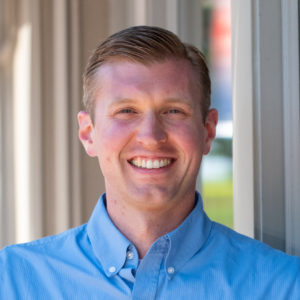Garfield Heights High School Stadium Groundbreaking
On the chilly morning of March 15, the well-attended groundbreaking ceremony for constructing the new Garfield Heights High School stadium commenced with school-spirited fanfare.
Hundreds of excited students, staff, community leaders, and stakeholders celebrated the momentous occasion. They acknowledged the generosity of the Cleveland Browns and the Haslam and Johnson families in partnership with the Browns Give Back philanthropic initiative and the Stay in the Game! Attendance Network. A new, high-quality synthetic turf field by ForeverLawn was donated to the Garfield Heights City Schools athletics project.
Haslam Sports Group is “a values-driven organization committed to unifying people through sports and entertainment.” The organization aims to foster innovation and diversity of thought, bringing positive change to local communities. The Garfield Heights High School stadium is the fifteenth project to benefit from the community-supporting mission launched in May 2016. It is part of the Browns’ commitment to improving education and supporting high school athletics.
Superintendent Dr. Richard Reynolds gave comments centered on the “together” philosophy of the Garfield Heights City Schools district and acknowledged the gracious partnership with the city and the Cleveland Browns. “Every child, every day, together. We are going to make sure that our children have the finest facility.”
Garfield Heights City Schools partnered with the Stay in the Game! Attendance Network in 2021 to express its commitment to improving the educational experience through active student engagement.
Garfield Heights High School Stadium Groundbreaking
Generosity in Action
Designer and Project Manager Scott Clifford for ThenDesign Architecture noted the project’s significance. “Technically, we’ve been working with the school district on this since 2014. It was a great opportunity for them when the Cleveland Browns got involved to help donate the new sports field. That’s when it really took off.”
The track and civil work for the stadium is supported by the Elementary and Secondary School Emergency Relief Fund (ESSER), established by Congress in 2020. Since the stadium was condemned, the Garfield Heights High School football team has been without a playfield, making the groundbreaking a welcomed relief to offer hope for future students in the athletics program.
Among those in attendance, Haslam Sports Group President JW Johnson expressed his enthusiasm for the project and saw it as a further commitment to improving school morale. “We know the importance of attendance and athletics for students even after they graduate so that good things will come to them. What you do on and off the field is vital. We are excited to get this project going.”
Garfield Heights Mayor Matt Burke offered appreciation for those who made the new stadium dream a reality. “I love that the Cleveland Browns, Jimmy Haslam, and the Johnson family have stepped up to love this city as much as I do.”
Photography Courtesy of Shook Construction
Hope of Future Possibilities
“I’m so excited for you guys,” said Cleveland Browns Head Coach Kevin Stefanski. “I feel your energy this morning. The students, athletes, and members of the band. Something like this takes all of us. I’m so proud to be with you today.”
The planned construction and design of the new stadium leaves room for future amenities such as a concession stand and restrooms. “I hope the community gets excited about the new stadium and continues to develop what is possible in the space,” commented Scott Clifford. “The top-tier synthetic turf field will be a huge initial boost to the high school and the district, but there is an opportunity for Garfield Heights to do much more.”
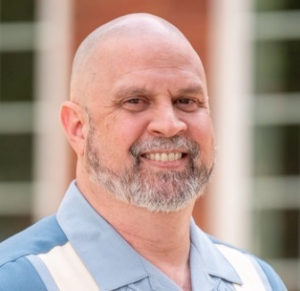
Marc Cebrian
Communications
Get our newsletter with insights, events and tips.
Recent Posts:
Brunswick High School Senior Seminar Presentations
New Mentor High School Baseball Field Opens
North Ridgeville Visual Preference Exercise
Meet the Designers: Katherine Mitchell
Garfield Heights High School Stadium Groundbreaking
Gilmour Academy Student Commons Renovation
TDA Article Featured in BASA’s AdminiScope
